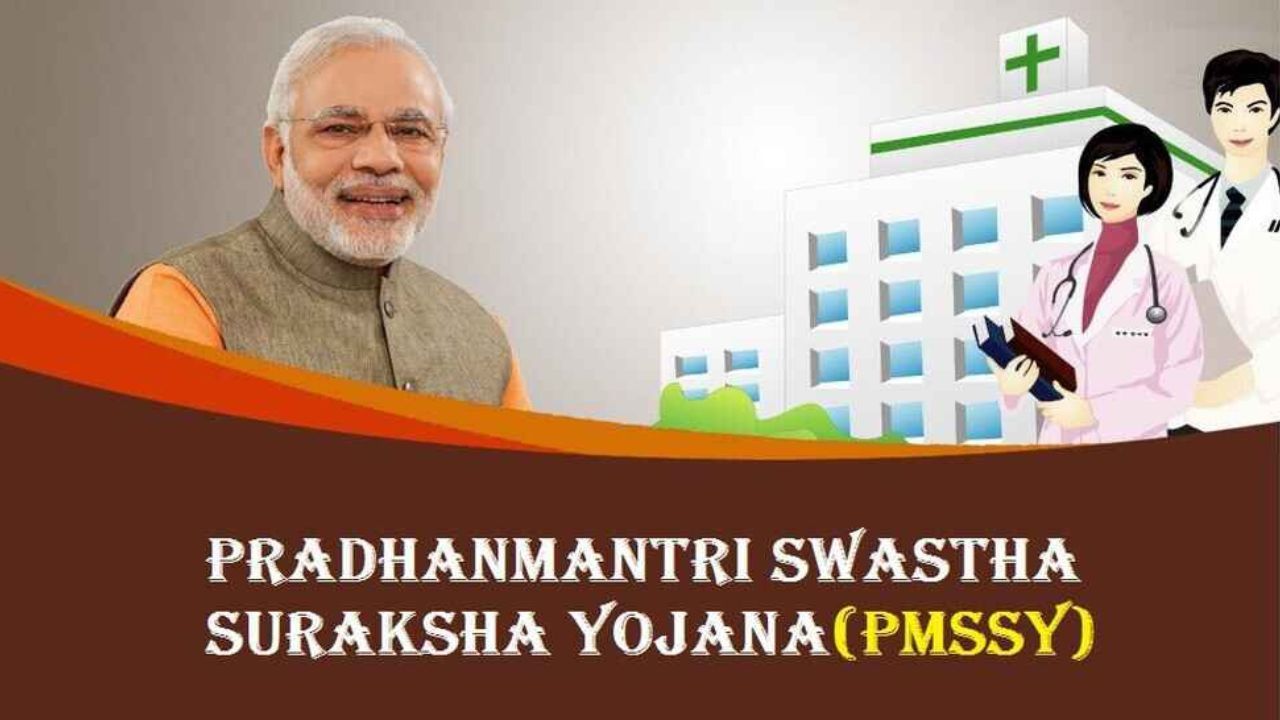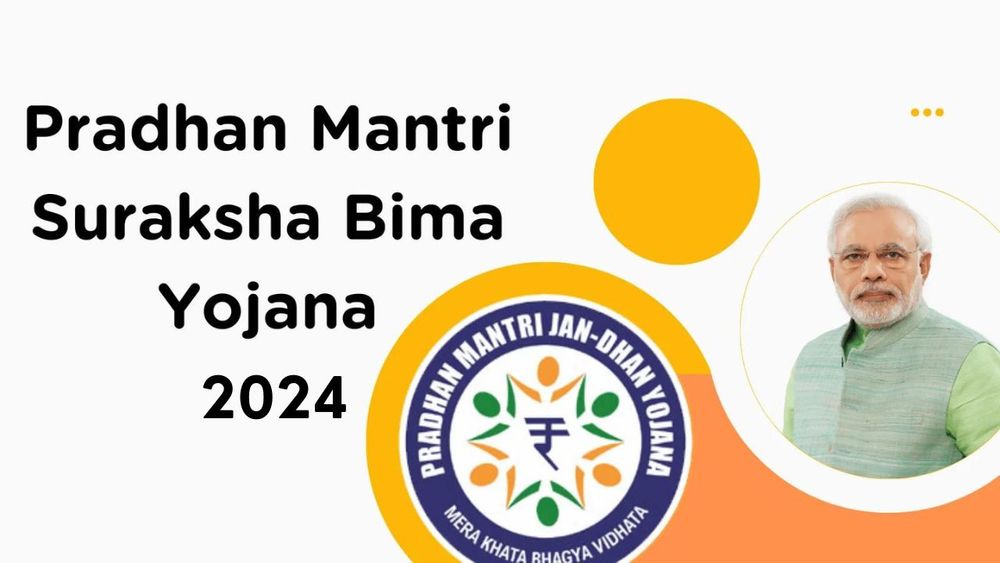Introduction:
- The Pradhan Mantri Swasthya Suraksha Yojana (PMSSY) is an ambitious initiative launched by the Government of India with the primary objective of correcting regional imbalances in the availability of affordable and reliable tertiary healthcare services and to augment facilities for quality medical education in the country. The scheme, announced in 2003, aims to provide better healthcare facilities to the underprivileged sections of society and reduce the burden on existing medical institutions in urban areas.
Objectives of PMSSY:
The main objectives of the PMSSY are:
- Reducing Regional Imbalances: To address the imbalances in the availability of affordable and reliable tertiary healthcare services across the country.
- Enhancing Medical Education: To augment the facilities for quality medical education in the underserved areas.
- Improving Accessibility: To improve the accessibility of advanced medical treatment for the economically weaker sections of society.
- Capacity Building: To enhance the capacity of existing medical institutions by upgrading their facilities and infrastructure.
Also Read Our More Articles:
- एसबीआई जीवन बीमा पॉलिसी विवरण कैसे देखें?
- How to Check SBI Life Insurance Policy Details?
- Pradhan Mantri Jeevan Jyoti Bima Yojana (PMJJBY)
- Pradhan Mantri Fasal Bima Yojana (PMFBY)
- Pradhan Mantri Suraksha Bima Yojana (PMSBY): Comprehensive Guide
Components of PMSSY:
The PMSSY has two main components:
- Setting Up of AIIMS-Like Institutions: The scheme includes the establishment of All India Institutes of Medical Sciences (AIIMS) in various regions of the country. These AIIMS-like institutions are intended to provid e state-of-the-art healthcare services and serve as centers of excellence in medical education and research.
- Upgradation of Existing Government Medical Colleges/Institutions: This component involves the upgradation of existing government medical colleges to bring them at par with the standards of AIIMS. This includes improving the infrastructure, adding new specialties, and enhancing the quality of medical education.
Implementation Phases:
The PMSSY has been implemented in several phases:
Phase I:
In Phase I, six new AIIMS were established in the following locations:
- Bhopal (Madhya Pradesh)
- Bhubaneswar (Odisha)
- Jodhpur (Rajasthan)
- Patna (Bihar)
- Raipur (Chhattisgarh)
- Rishikesh (Uttarakhand)
Additionally, upgradation work was initiated in 13 existing government medical colleges.
Phase II:
In Phase II, efforts were made to further upgrade more medical colleges and establish additional AIIMS. The locations included:
- West Bengal
- Uttar Pradesh
- Maharashtra
- Tamil Nadu
- Jammu & Kashmir
- Punjab
- Himachal Pradesh
Subsequent Phases:
- The subsequent phases have continued to build on the foundation laid by the initial phases, expanding the reach of the scheme to more regions and including more medical colleges for upgradation. New AIIMS have been proposed and are in various stages of establishment in different states.
Achievements of PMSSY:
Since its inception, the PMSSY has achieved significant milestones:
- Healthcare Access: Millions of people in underserved regions have gained access to high-quality healthcare services.
- Medical Education: The establishment of new AIIMS and the upgradation of existing medical colleges have increased the number of medical seats, thereby addressing the shortage of healthcare professionals.
- Research and Development: The new AIIMS institutions have become centers for advanced medical research, contributing to the development of innovative treatments and healthcare solutions.
- Infrastructure Development: The scheme has led to the construction of state-of-the-art medical facilities, including hospitals, research centers, and teaching institutions.
Challenges and Future Prospects:
Despite its successes, the PMSSY faces several challenges:
- Implementation Delays: Some projects have faced delays due to various reasons, including administrative hurdles, land acquisition issues, and financial constraints.
- Resource Allocation: Ensuring adequate funding and resources for the upgradation of existing medical colleges and the establishment of new AIIMS remains a challenge.
- Healthcare Workforce: Recruiting and retaining qualified healthcare professionals, including doctors, nurses, and technical staff, is critical for the success of the scheme.
Future Prospects:
- The future prospects of PMSSY look promising, with continued government commitment and support. The scheme aims to expand further, covering more regions and bringing advanced healthcare services closer to the rural population. The focus will be on addressing the existing challenges and ensuring the timely completion of projects.
Conclusion:
- The Pradhan Mantri Swasthya Suraksha Yojana (PMSSY) is a significant step towards improving the healthcare infrastructure and medical education in India. By addressing regional imbalances and enhancing the capacity of existing medical institutions, PMSSY is playing a crucial role in ensuring that quality healthcare services are accessible to all sections of society. The continued focus on expanding and upgrading healthcare facilities under this scheme promises a healthier and more equitable future for the country.
Frequently Asked Questions (FAQs):
What is the main objective of the Pradhan Mantri Swasthya Suraksha Yojana (PMSSY)?
- The main objective of PMSSY is to correct regional imbalances in the availability of affordable and reliable tertiary healthcare services and to augment facilities for quality medical education in the country.
When was the PMSSY launched?
- The PMSSY was launched in 2003.
What are the main components of PMSSY?
The main components of PMSSY are:
- Setting up of AIIMS-like institutions.
- Upgradation of existing government medical colleges/institutions.
How many new AIIMS were established under Phase I of PMSSY?
Under Phase I of PMSSY, six new AIIMS were established in Bhopal, Bhubaneswar, Jodhpur, Patna, Raipur, and Rishikesh.
What is the significance of establishing AIIMS-like institutions under PMSSY?
- The establishment of AIIMS-like institutions aims to provide state-of-the-art healthcare services and serve as centers of excellence in medical education and research, thus improving the overall healthcare infrastructure in underserved regions.
How does PMSSY help in enhancing medical education in India?
- PMSSY helps enhance medical education by increasing the number of medical seats through the establishment of new AIIMS and the upgradation of existing medical colleges, thereby addressing the shortage of healthcare professionals.
What challenges does PMSSY face in its implementation?
- PMSSY faces challenges such as implementation delays, resource allocation issues, and recruiting and retaining qualified healthcare professionals.
How does PMSSY contribute to research and development in the healthcare sector?
- The new AIIMS institutions established under PMSSY have become centers for advanced medical research, contributing to the development of innovative treatments and healthcare solutions.
What future prospects does PMSSY have?
- The future prospects of PMSSY include further expansion to cover more regions, bringing advanced healthcare services closer to the rural population, and addressing existing challenges to ensure timely completion of projects.
How can one access the healthcare services provided under PMSSY?
- The healthcare services provided under PMSSY can be accessed through the newly established AIIMS institutions and upgraded government medical colleges, which offer state-of-the-art medical facilities and treatments.
We hope that you like this content and for more such content Please follow us on our social site and YouTube and subscribe to our website.
Manage your business cash flows and payable/receivables using our Bahi Khata App


